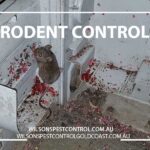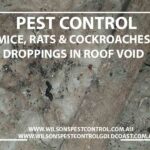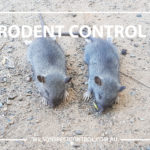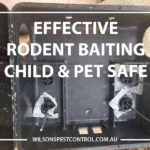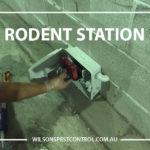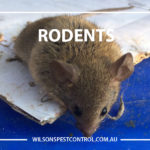LOOKING FOR A PEST CONTROL SERVICE IN SYDNEY? CONTACT US TODAY!
Rodents, Rats & Mice Pest Control Sydney
Rodents are rats & mice they and are so well adapted to living in our environment.
Rats & mice feed on our food sources. They are spread across the world and transfer by many means like air freight, ships, shipping containers, trains and motor.
They adapt to living in units, hotels, shopping centres, homes, restaurant and cafes, industrial warehouse, fields, sewers.
The three most common are the Norway (brown) borrower & Roof (black) climber Rat, the house mouse (grey/brown) agile climber.
Rodents impact our lives in many ways by contaminating foods they come in contact with whilst in storage. The losses to restaurant owners is costly. Rodents urinate & defecate in foods, whilst eating this contaminates the food making entire pallets and produce stored useless.
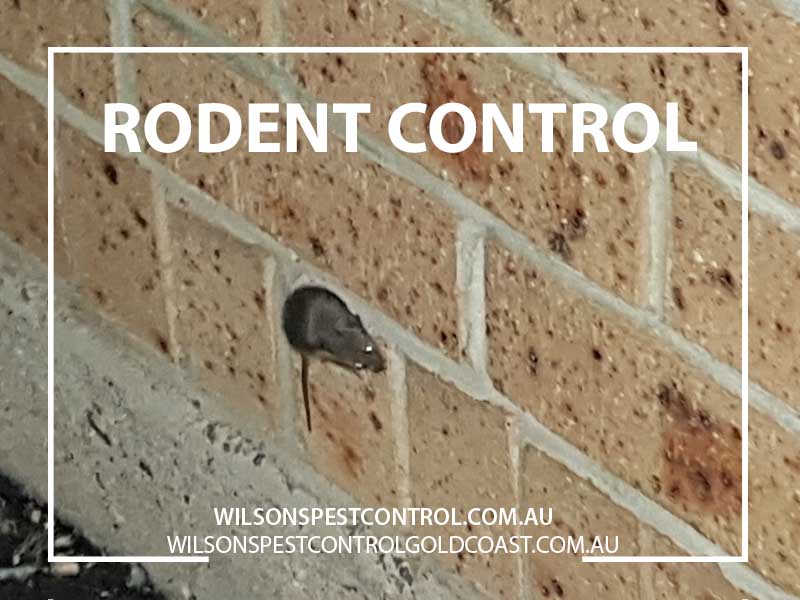


Rodents continually gnaw on a vast range of materials wiring, timber, plastics, cardboard packaging. Domestic house fires have been known to have started by rodents gnawing on electrical wiring in our roofs or wall cavities. Rodents front teeth continue to grow throughout their life which is why they keep them under control by gnawing on many materials.
Rats & Mice are carriers of diseases including; Weil’s disease, Murine typhus fever, rat-bite fever, lymphocytic, salmonella bacteria, poliomyelitis, many passed to humans through contaminated foods, utensils, fleas and faeces in Australia.
The seriousness of these diseases means that rodent infestations must be considered very seriously.
Rodents cause occupational health & safety issues not just to the owner but to the pest manager treating the property or premises.
Rodents can enter your premises through very small entry holes, the entry size for these creatures is thumb size for rats and smallest finger size for mice.
Hygiene includes removing the food and water source as well as blocking holds and restricting access.
What to look out for:
Droppings, urine, smudge marks along walls, gnawing, visual sightings, nets, odours, sounds, pets agitated or exited by the presence of rodents.
Many options are available for Rodent control using baiting using bait stations which are lockable and pet and child safe.
Pest Control Sydney – Rodent Treatments
RODENTS – RATS – MICE
Most common rodent in Australia are;
- Norway Rat
- Roof Rat
- House Mouse
Rodents are a major pest in human lives because they eat what humans eat & store in their homes or business. When Rodents enter our homes they are seeking food and shelter and bring disease and illness with their presence, they also pollute and damage our living space. They will nest in burrows adjacent to waterways, under buildings, trees, in garbage dumps, rubbish heaps and places where food and shelter. Indoors they construct nests in wall voids/cavities and in roof void/space, under floors and inside in food pantries and cupboards.
Habits & Behaviours
Rats & Mice live and nest within buildings provided they have access to food, water and shelter. Typically in the autumn and winter allowing the rodent to be close to its food source. Rats & Mice are very adaptable to our environment.
Being agile creatures and mostly nocturnal, they feed during the day if the population is very large and food is short and very little disturbance.
They are very sensitive to changes and wary of changes around their environment. Rats and mice are extremely good climbers. Rats are a creature of habit they are referred to as neophobic they have a fear of new objects or change. Mice seem to maintain a degree of caution and are very curious and more adventurous and will access food sources within a short period compared to rats who may take longer to take new baits.
Norway rats are good swimmers and have known to navigate the S-bend in toilets in homes.
Rats feeding in school-yards may cause problems in adjacent buildings during school holidays when the children are not providing the foods.
Both Rats & Mice groom themselves regularly and gnaw as their teeth are structure to gnaw and they do gnaw on many materials including wiring in roof voids of domestic and commercial properties.
They cause serious damage through gnawing and will damaged upholstery, food, containers, machinery & equipment, motor vehicle motors when left in garage unattended for long periods of time usually when people go on holidays and lock their car in a garage, doors, skirting boards, plaster walls, electrical wiring like telephone systems causing short-circuiting resulting in equipment damage in domestic and commercial premises.
Nests & Gnawing’s paper rags straw or chew marks on wiring indicates recent activity
Urine Stains/Tracks/Runs can be evident in dusty areas, footprints and tail marks on dusty or soiled floors, oily stains and dirty marks along skirting edges or walls are an indication of runs.
Food disappearing which are often carried away by rats that is why loose rodent baits are not recommended in roof space and should be secured
Sound like gnawing, clawing, squeaking, scratching in roof void
Odour is distinct and noticed
Visual Sighting when rodents are signed during the day this often indicates a large population of rodents present.
Pest becoming very sensitive or foreign odours, noises and will become excited with the intrusion of rodents sometimes barking and clawing at the area where the rodents may be present.
Disease Transmission
It is very likely rodents play a large part in the transmission of disease which are often difficult to track back where they came from.
A Rodent can transmit diseases to humans by means of food & utensils being contaminated from urine & faeces. Like salmonella poisoning, choriomeningitis, mild meningitis virus carried by mice, Weil’s disease bacteria entering through the skin through scratches, infectious jaundice(bacteria), tapeworm, by direct biting of humans, indirect contamination via biting fleas, via pets to humans skin disease fungus from mice.
Control Methods for Rodents
Sanitation – Rodent Proofing – Chemical Control – Baiting – Trapping – Tracking powers or Gels – Fumigation
Control of high health risk large rodent infestation usually requires the implementation of several of the above procedures but sanitation is a major player if areas are not clean other controls alone will continue to encourage rodent issues at the property.
Safety in Rodent Control
Baits need to be placed in areas and in locked containers to prevent children, pets, wildlife, domestic animals and livestock access. There are many rodent bait containers on the market that are designed for rodent baiting.
Occupants of the building need to be made aware of where the baits are located and what product is used in case poisoning occurs this needs to be noted on the container or invoice.
About us
We provide Pest Control Service for residential homes and businesses all across Sydney including Blacktown, Parramatta, Penrith, Liverpool, Castle Hill, Baulkham Hills, Westmead, Harris Park and Sydney CBD. We provide a discreet Pest Control Service for numerous businesses, we will resolve your pest issues such as Termites, Ants, Wasps, Bird Mites/Lice, Birds, Cockroach, Dust Mites, Fleas, Rats & Mice, Silverfish, Spider all without harming your reputation.






Contact Details
-
Wilsons Pest Control Sydney
252 Bungarribee Rd,
Blacktown NSW 2148 - 02 9679 8398
- 0451 590 398
- info@wilsonspestcontrol.com.au
-
Monday - Friday: 7 AM - 9 PM
Saturday: 7 AM - 1 PM
Sunday: 10 AM - 1 PM
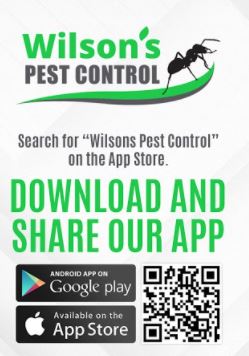


© 2019-2021 Wilsons Pest Control. All rights reserved. Wilsons Pest Control Sydney is the trading name for Wilsons Pest Control Pty Ltd | Privacy Policy – Blacktown

